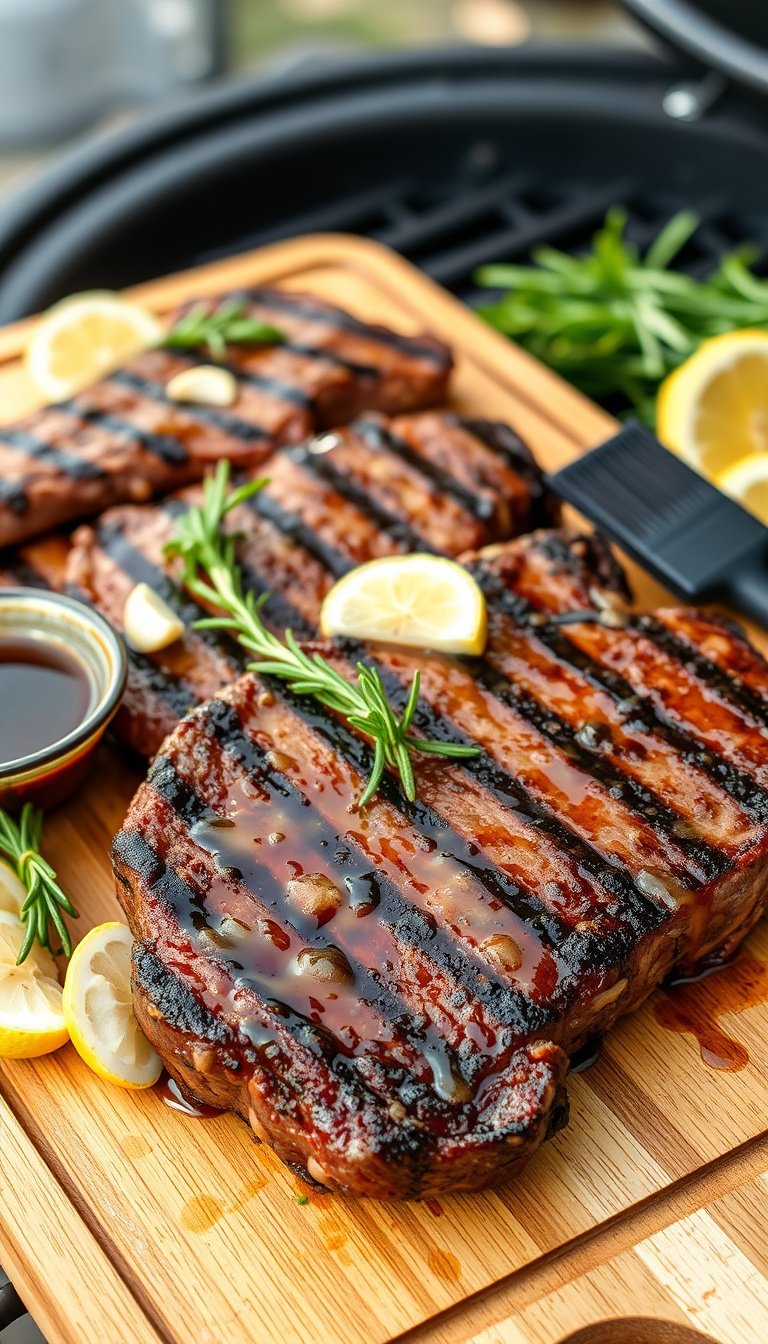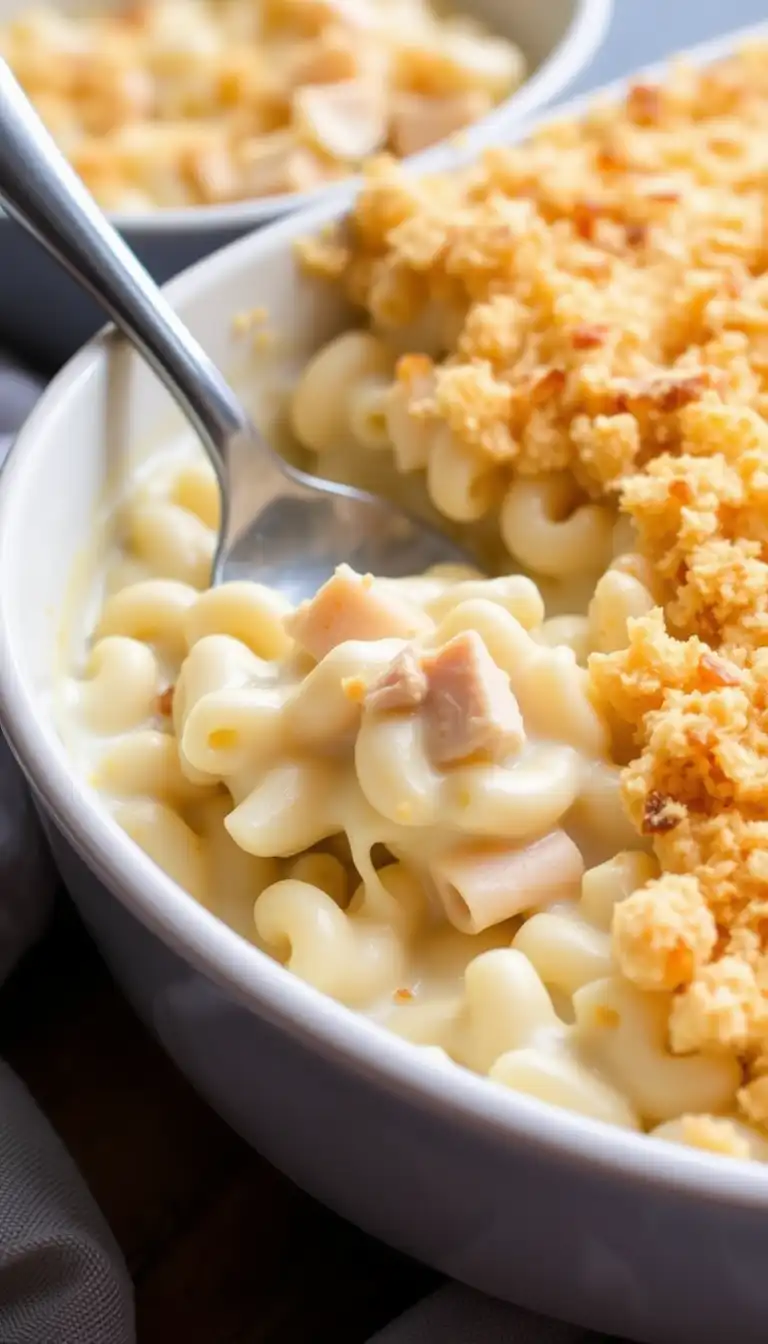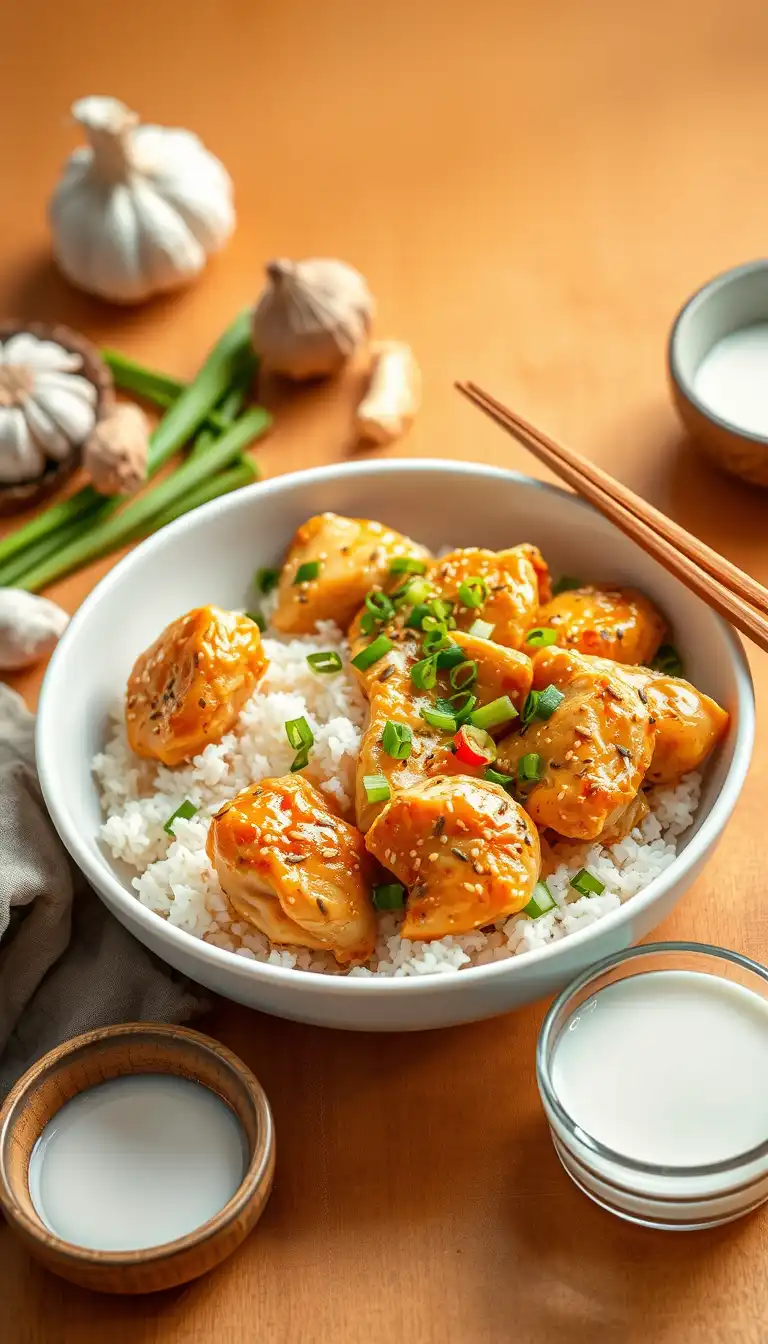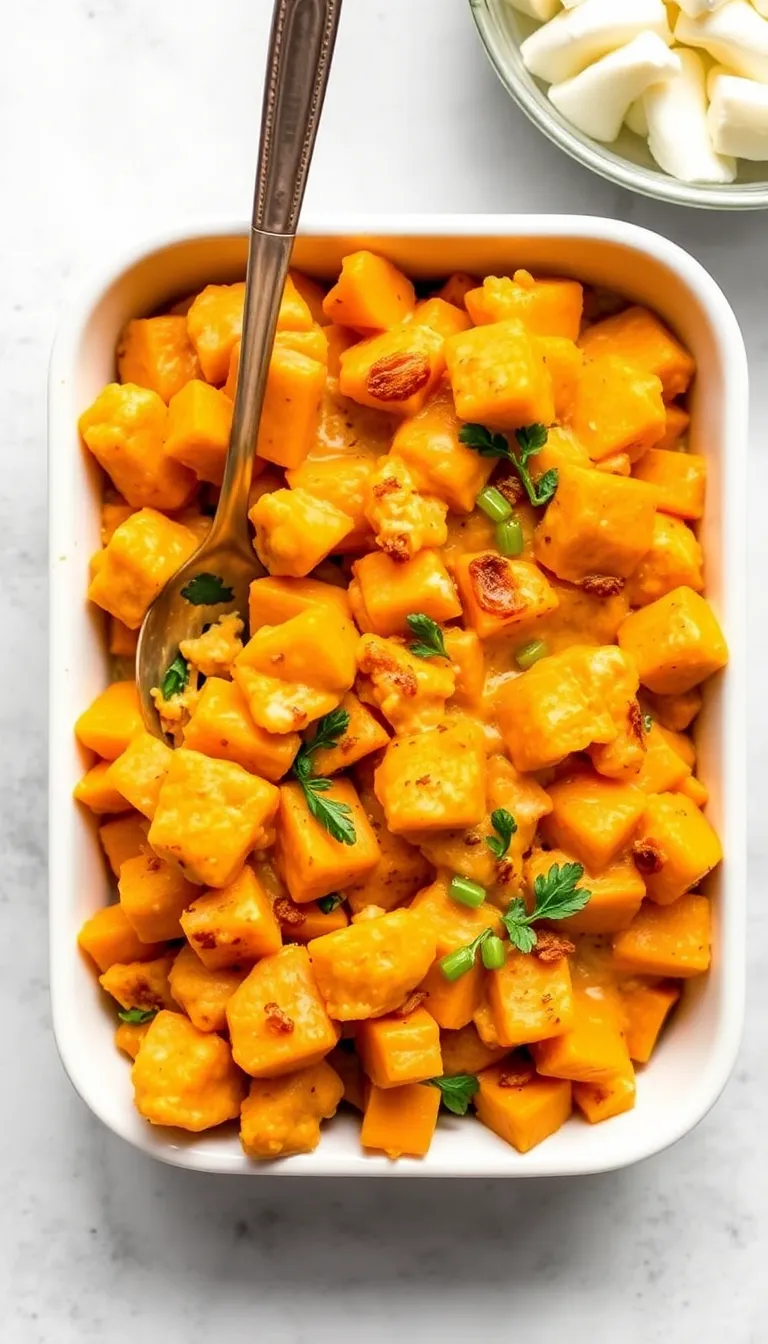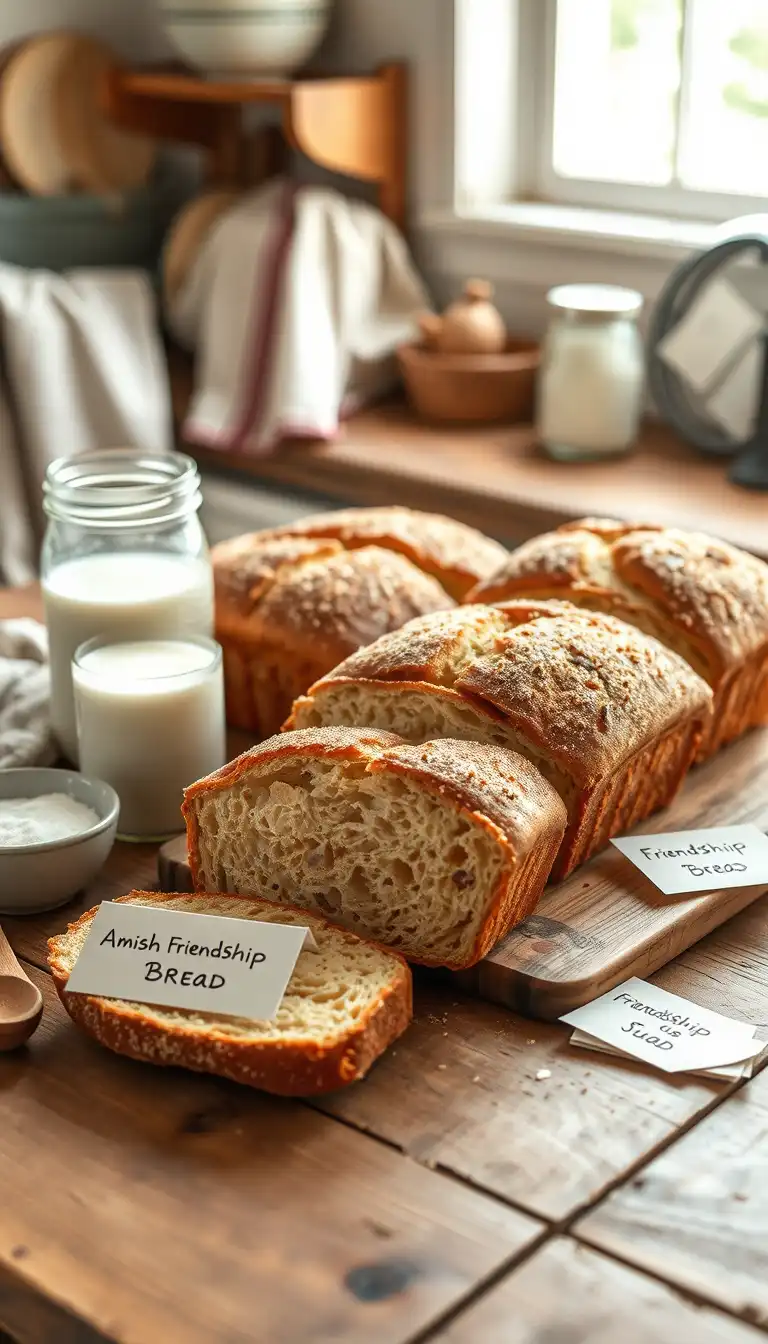When it comes to Southern soul food, few dishes carry as much tradition, love, and flavor as Aunt Bessie’s chitterlings recipe. Known simply as “chitlins” in many households, this dish has been passed down for generations, especially in African American families who consider it a holiday staple.
In this article, we’ll dive deep into the history of chitterlings, how Aunt Bessie’s recipe became a household name, step-by-step instructions on cleaning and cooking them, and tips for making them taste their absolute best. Whether you grew up eating chitlins or are curious to try them for the first time, this guide will give you everything you need.
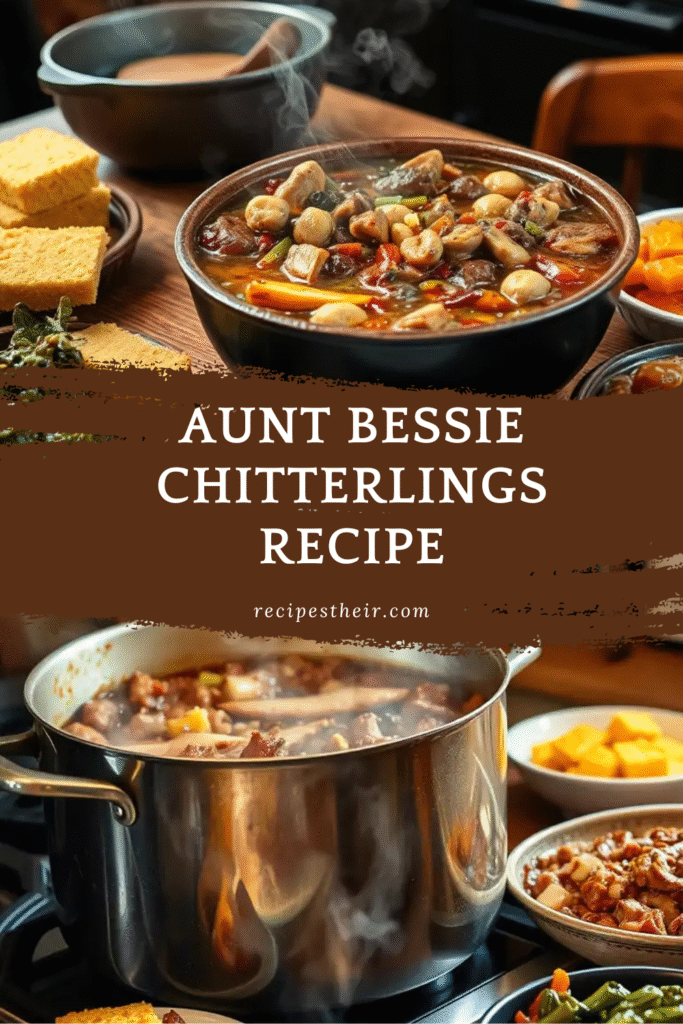
What Are Chitterlings?
Chitterlings, pronounced “chit-lins,” are made from the small intestines of pigs. While this may sound unusual to some, chitlins are a deeply rooted tradition in Southern cooking. Historically, they were considered “soul food” because enslaved people in the South made do with what was available, transforming humble ingredients into flavorful, comforting dishes.
Today, chitterlings remain a cherished delicacy, often served during holidays like Thanksgiving, Christmas, and New Year’s Day. Aunt Bessie’s chitterlings became especially popular because they are pre-cleaned, packaged, and widely available, making the preparation process easier.
Why Aunt Bessie’s Chitterlings?
If you’ve ever cooked chitterlings from scratch, you know how labor-intensive the process can be. Cleaning them is the most time-consuming (and often dreaded) step. That’s where Aunt Bessie’s brand comes in.
- Pre-cleaned convenience: While you should still rinse and inspect them, Aunt Bessie’s chitlins save hours of work.
- Trusted quality: The brand has been around for decades, trusted by families across the South.
- Tradition in every bite: Their chitlins retain the authentic texture and flavor that makes them a holiday favorite.
Ingredients for Aunt Bessie Chitterlings Recipe
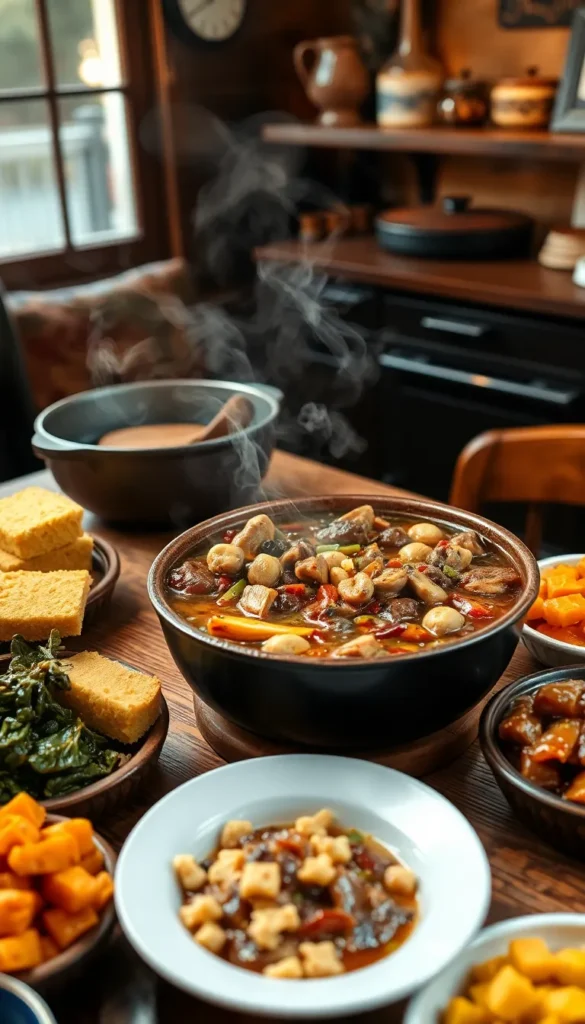
Here’s what you’ll need to prepare a flavorful pot of chitlins:
- 5 lbs Aunt Bessie’s chitterlings (cleaned and rinsed thoroughly)
- 1 large onion, chopped
- 1 green bell pepper, chopped
- 3 cloves garlic, minced
- 2 bay leaves
- 1 teaspoon red pepper flakes (adjust to taste)
- 1 teaspoon paprika
- 1 tablespoon apple cider vinegar
- 1 teaspoon black pepper
- 1 teaspoon seasoned salt (or to taste)
- 1–2 smoked turkey wings or ham hocks (optional, for flavor)
- 8–10 cups water
Step-by-Step Instructions for Aunt Bessie Chitterlings Recipe
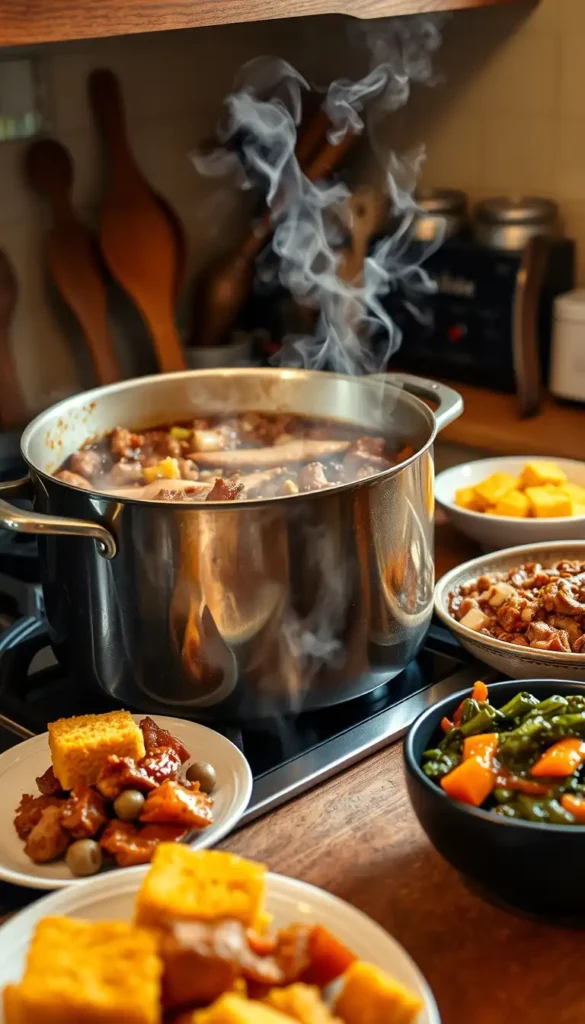
Step 1: Clean the Chitterlings
Even though Aunt Bessie’s chitlins are pre-cleaned, it’s always recommended to rinse them thoroughly under cold water. Inspect them carefully to remove any leftover debris or fat. This ensures your dish is fresh and safe.
Step 2: Prepare the Pot
In a large stockpot, add your chitlins and cover them with fresh water. Add in your chopped onion, bell pepper, garlic, and smoked turkey or ham hock for a deep, smoky flavor.
Step 3: Season Well
Sprinkle in the red pepper flakes, paprika, vinegar, black pepper, and seasoned salt. Stir everything together to distribute the flavors.
Step 4: Simmer Slowly
Bring the pot to a boil, then reduce the heat to low. Cover and simmer for 3–4 hours, stirring occasionally. The chitlins should become tender, and the broth will be richly seasoned.
Step 5: Taste and Adjust
Before serving, taste the broth and adjust the seasoning if needed. Some people like an extra splash of vinegar or hot sauce for tangy heat.
Step 6: Serve
Serve your Aunt Bessie chitterlings hot, traditionally alongside cornbread, collard greens, and candied yams.
Tips for the Best Aunt Bessie Chitterlings Recipe
- Ventilation matters: Chitterlings have a strong smell while cooking. Keep windows open or use a fan.
- Don’t rush: Slow simmering is the key to tender, flavorful chitlins.
- Add spice carefully: Some prefer mild flavors, while others enjoy a spicy kick. Adjust red pepper flakes to suit your taste.
- Pair with soul food sides: Cornbread, mac and cheese, and collard greens perfectly complement chitlins.
A Southern Tradition on the Table
For many families, chitlins are more than just food – they are a symbol of togetherness, heritage, and resilience. Aunt Bessie’s chitterlings recipe makes it easier for today’s home cooks to enjoy this tradition without the overwhelming cleaning process.
Whether it’s Thanksgiving, Christmas, or New Year’s Day, serving chitlins is a way of honoring the past while bringing family and friends around the table.
FAQs About Aunt Bessie Chitterlings Recipe
Q: Do I still need to clean Aunt Bessie’s chitterlings?
A: Yes, while they are pre-cleaned, it’s always best to rinse and inspect them thoroughly before cooking.
Q: How long do chitlins take to cook?
A: On average, 3–4 hours of slow simmering ensures they are tender and flavorful.
Q: Can I freeze cooked chitterlings?
A: Yes! Store them in airtight containers for up to 3 months. Reheat slowly to preserve flavor.
Q: Why do chitlins smell so strong?
A: Since chitlins are pork intestines, they naturally have a strong odor. Adding vinegar, onion, and seasonings helps reduce the smell.
Conclusion
The Aunt Bessie chitterlings recipe is more than just a meal – it’s a celebration of Southern culture and soul food tradition. With Aunt Bessie’s brand, you can enjoy the authentic taste of chitlins without the lengthy prep time.
So, the next time you’re planning a holiday dinner or simply want to honor tradition, grab a pack of Aunt Bessie’s chitterlings, follow this recipe, and bring a little Southern comfort to your table.


